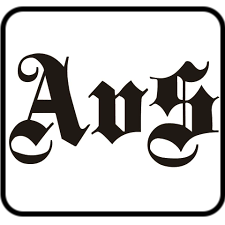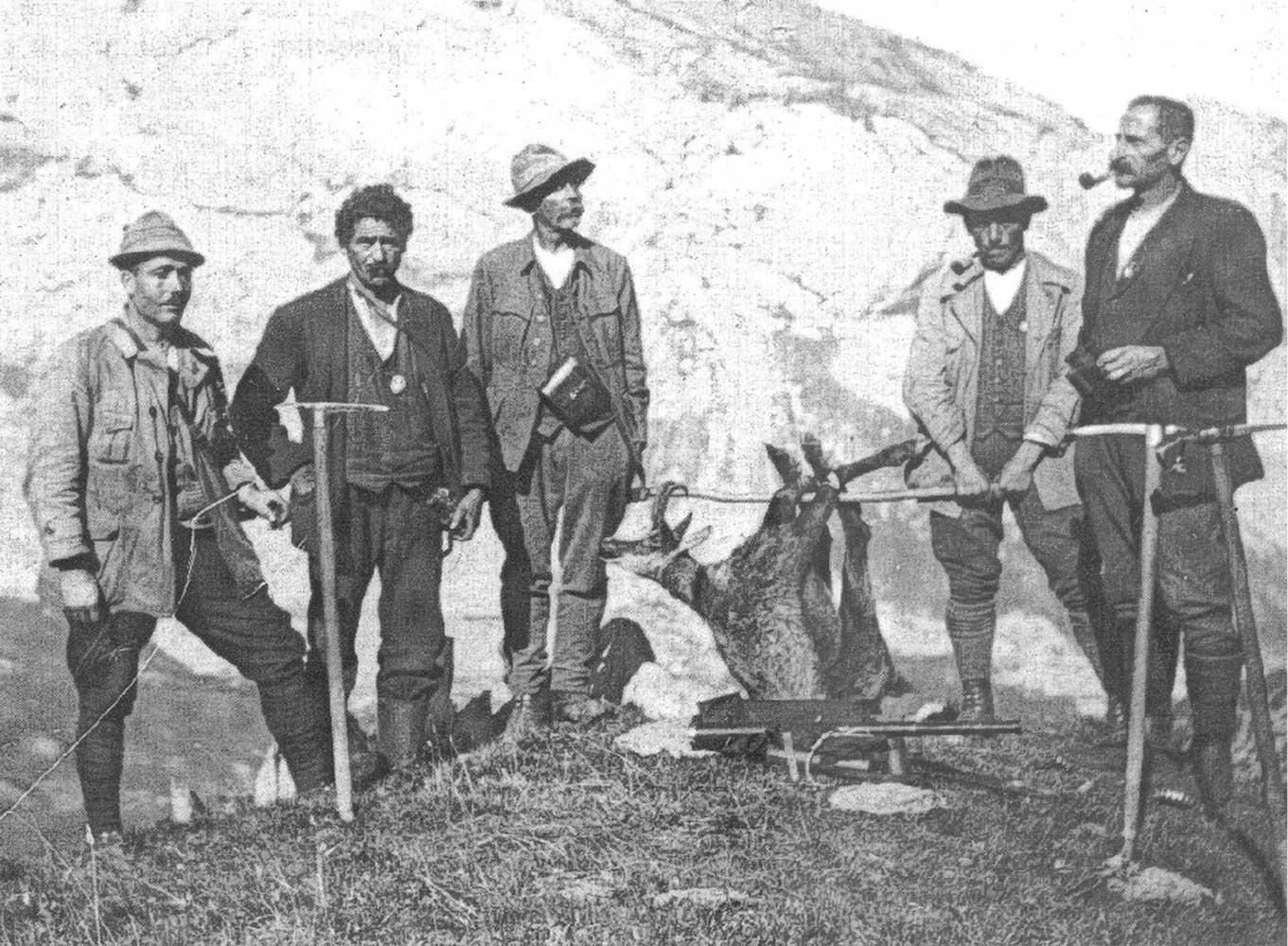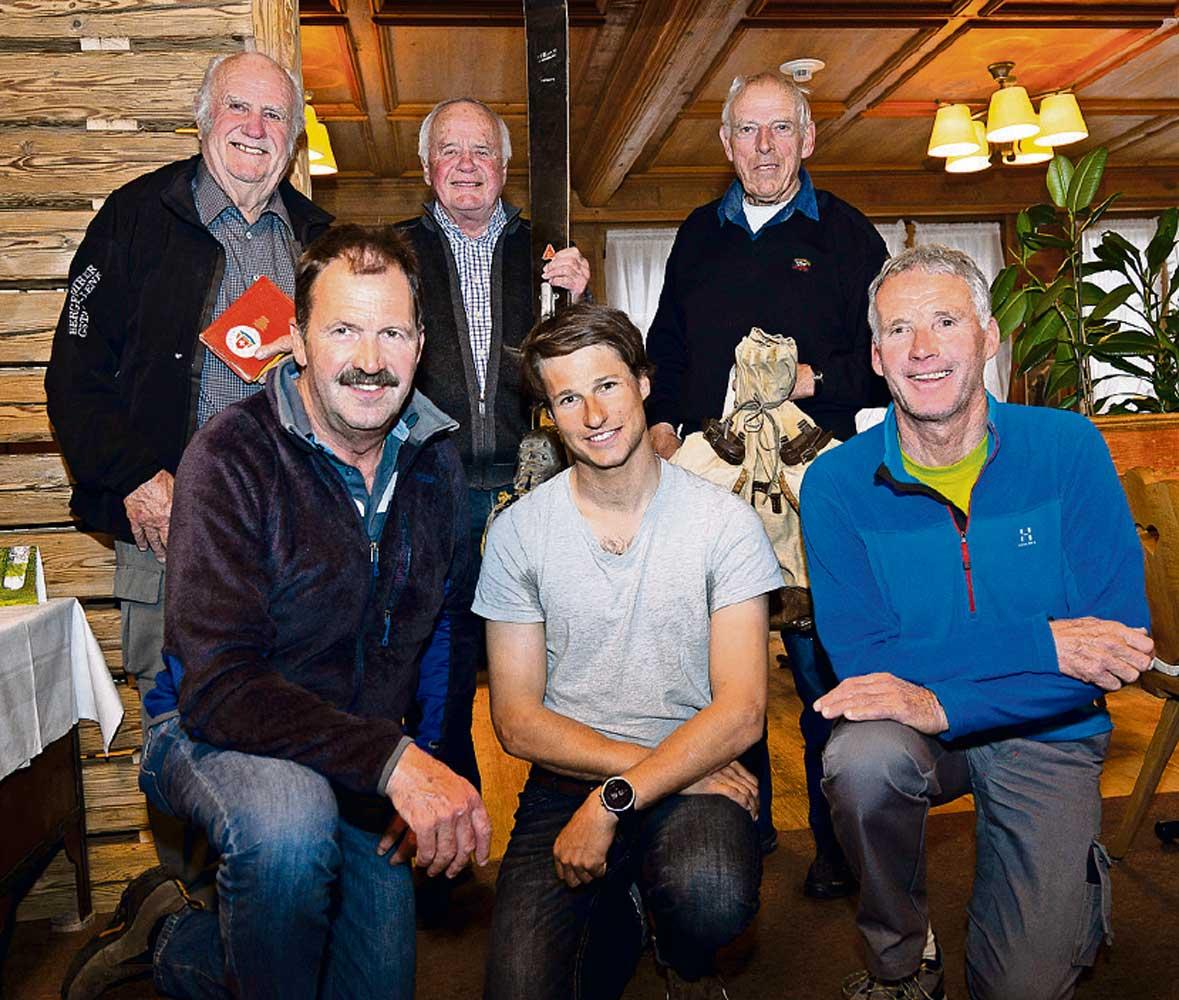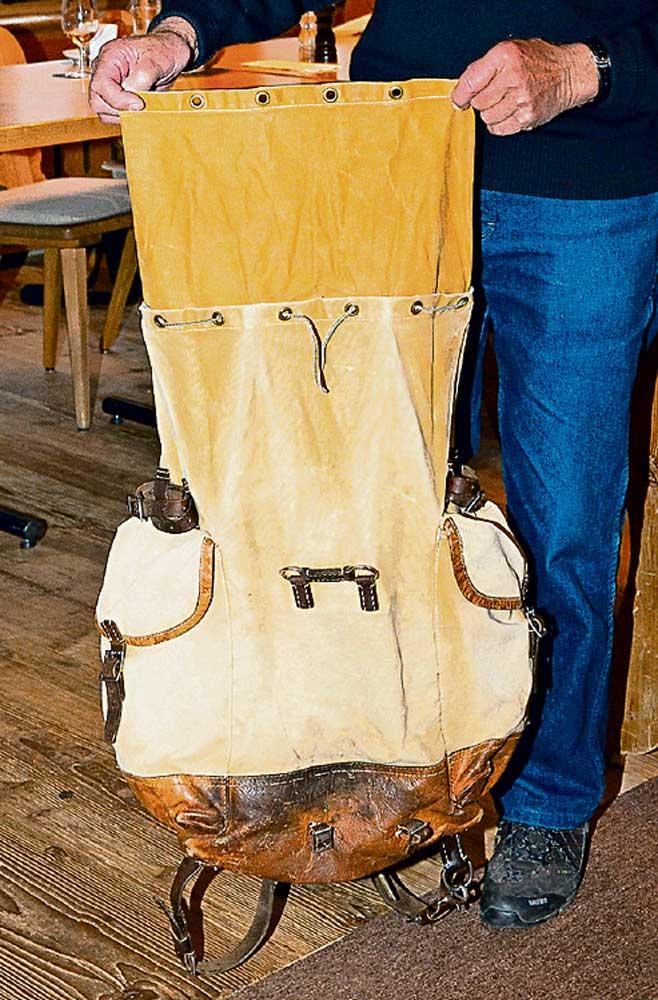100 candles for the Gstaad-Lenk association of mountain guides
19.12.2019 Gstaad LivingWe at GstaadLife would like to commemorate the Association's valuable contribution to the region by giving you a glimpse of the professionalism, dedication and hard work that mountain guides exhibit year in, year out.
The temperature is sub-zero, the sunrise a long way off. But you are awake, moving high up a mountain, roped to your client. You have planned the route, checked the weather reports, yet you continue to evaluate risks. Concentration is total. Are the conditions still safe? Is your client in good form? Should you turn around or keep going?
It is critical to make the right decision in the right moment because there is no such thing as routine for a mountain guide. Routine can be fatal. But what kind of person becomes a mountain guide? Why do they do this job and what does it take to become one?
Early beginnings
It all started in 1919. WWI was over and the region’s hotels were keen to attract more guests, who in turn were seeking new recreational experiences. Chief among these was a growing desire to get close to nature. With its breathtaking views, untouched mountains, lush meadows, Alpine lakes, waterfalls and picture-perfect wooden chalets, the Saanenland drew in holidaymakers who wanted to step back from the hurly-burly of life. But to explore the mountains safely required local knowledge and experience in the form of mountain guides.
While the first licenced mountain guide in our region is likely to have been a G Schwizgebel from Lauenen in 1880, things became more structured in 1919 with the establishment of the Bergführer-
verein – the Association of Mountain Guides – by mountain guides across Lauenen, Schönried, Gstaad and Gsteig: Robert Oehrli, Emanuel Romang, Friedrich Gempeler, Gottlieb Schopfer and Ernst Marti, together with Christian Schwizgebel and Heinrich Fuhrer.
Their number increased over the intervening years to meet visitor demand for hiking, skiing and other mountain pursuits, such that by the 1970s the Posthotel Rössli and the Hotel Bernerhof were offering guided mountain tour holidays. The idea of visiting Gstaad to explore the mountains as a form of recreation was well and truly established.
Safety first
As you would imagine, the mountain guides have seen many changes over the years, largely in the areas of modernisation and standardisation. Heavy and bulky kit has been replaced by ultralight skis, boots and backpacks; and while 22 days of training were needed to qualify as a mountain guide in the 1960s, today the process takes three years, encompassing a broad range of skills.
One constant, however, has been the importance of safety. “A mountain guide should always return home,” is the oft-repeated refrain. For being a mountain guide is unlike a ‘normal’ job. They are exposed to all manner of threats when on duty – extreme weather, avalanches, ice and rock falls – that the risk of not returning from a day’s work is very real indeed.
No wonder that reliability, resilience and versatility are three of the key qualities you will find in a mountain guide. No wonder either that the Association’s president, Peter Sollberger, advocates compulsory and continued training for mountain guides, with an emphasis on safety and security.
Saviours in emergencies
A code of honour runs deep in the mountain guide. Thanks to their personal qualities, training and experience, they have the necessary skills to help when people get into trouble in the mountains.
They participate in regular rescue and evacuation exercises on a purely voluntary basis and while there is a rota of mountain guides on call to help in emergencies whenever incidents arise, there is no shortage of volunteers among their number. They run towards danger to help those in need; we all owe them a debt of gratitude.
Our hobby is our job
The work of a mountain guide is extensive and varies according to the season. A lot of guides offer tailored packages for their clients, many of whom become firm friends over the years, while others advertise suggested routes and programmes which you can book.
They offer a plethora of mountain pursuits throughout the different seasons including ski tours, heli-skiing, climbing, ‘free ride’ and ski-mountain tours (where you take the cable-car up the mountain, continue on foot to the summit, before completing the descent on skis). Many guides also operate further afield, offering tours throughout the wider Alpine region or even in such far-flung regions as the Himalayas.
But still, the question: why do such a high-risk job? Sollberger’s response is clear: “In the mountains I feel free. It’s inspiring to bring people close to nature, to help them de-stress and slow down. Whenever I’m on a summit with nothing above me, I look down into the valleys, imagining the thousands of people hard at work behind their desks. I know I’m lucky to have made my hobby my job.”
Future outlook
But it’s a tenuous existence and not for everybody. During low season, most guides have a second job – such as farming, construction, or carpentry – to support their families. Others choose to travel out of the region to lead tours in other mountainous areas in the world.
Across Switzerland the number of mountain guides is diminishing – no doubt a by-product of the profession’s irregular working hours and inconsistent income. But in our own region the picture looks brighter. Today there are 53 members in the Gstaad-Lenk Association of Mountain Guides with an average age of 50. But six young people are currently following the rigorous mountain guide training and will soon qualify.
They will join a close-knit community. The Association meets regularly to share experiences and put forward ideas over a drink and a bite to eat, fostering the teamwork that is so vital in this profession, and to the benefit of our region.
Want to learn more?
If you’d like to learn more, the Museum der Landschaft in Saanen is hosting an exhibition on the Gstaad-Lenk Association of Mountain Guides over the 2019/20 winter season.
Anna Charles






